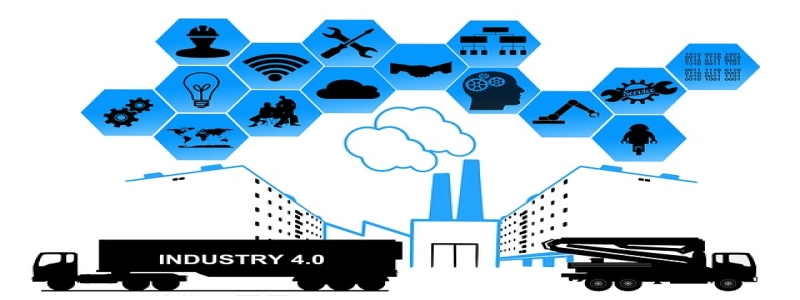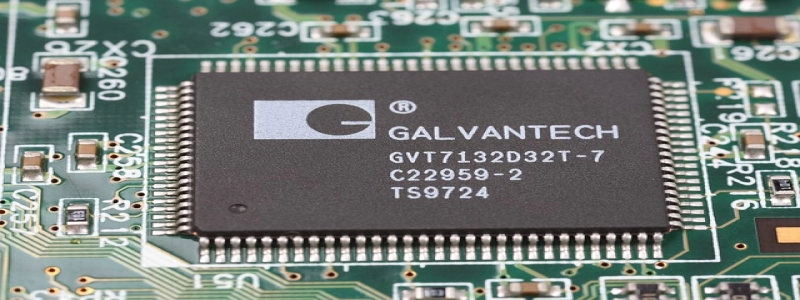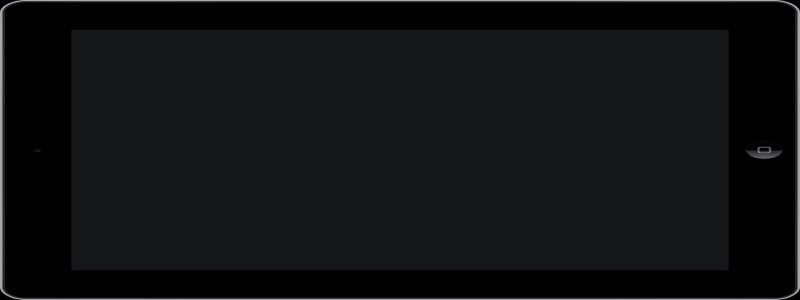Fiber Transceivers
Введение:
В сегодняшнюю цифровую эпоху, the demand for high-speed data transmission has increased exponentially. Fiber transceivers play a crucial role in enabling the transmission of data at high speeds over long distances. This article will provide a detailed explanation of fiber transceivers, covering various aspects such as their importance, рабочий механизм, и приложения.
я. Importance of Fiber Transceivers:
Fiber transceivers serve as critical components in modern telecommunication networks. They are responsible for converting electrical signals into optical signals, facilitating the transmission of data over fiber optic cables. This process eliminates the limitations of traditional copper-based transmission systems, such as signal loss and electromagnetic interference. By using fiber transceivers, organizations can achieve faster and more reliable data transfer, leading to improved overall network performance.
II. Working Mechanism of Fiber Transceivers:
Fiber transceivers operate based on the principle of optical transmission. They incorporate a transmitter and receiver within a single device. The transmitter converts electrical signals from the source device into light signals, which are then transmitted through the fiber optic cable. На приемном конце, the receiver within the fiber transceiver converts the light signals back into electrical signals that can be understood by the destination device. This bidirectional transmission enables seamless communication between devices connected through fiber optic networks.
III. Types of Fiber Transceivers:
Fiber transceivers come in various types, catering to different network requirements. Некоторые распространенные типы включают:
1. Single-Mode Transceivers: These transceivers are designed for long-distance transmission, typically ranging from tens to hundreds of kilometers. They use a narrow core fiber, allowing for efficient transmission over long distances with minimal signal loss.
2. Multi-Mode Transceivers: Multi-mode transceivers are primarily used for shorter distances, generally within a range of a few kilometers. They utilize a wider core fiber, enabling multiple modes of light to propagate simultaneously. This results in a higher likelihood of dispersion and signal attenuation compared to single-mode transceivers.
3. BiDi Transceivers: Bi-directional (БиДи) transceivers utilize a single fiber and operate in pairs. They enable simultaneous transmission and reception over the same fiber using different wavelengths. BiDi transceivers are suitable for situations where fiber availability is limited or expensive.
IV. Applications of Fiber Transceivers:
Fiber transceivers find diverse applications in a wide range of industries. Some prominent applications include:
1. Телекоммуникации: Fiber transceivers are extensively used in telecommunication networks to achieve high-speed data transmission over long distances. They facilitate the backbone infrastructure of the internet and enable seamless connectivity between various network nodes.
2. Центры обработки данных: With the increasing demand for cloud computing and big data analytics, data centers require high-bandwidth connectivity. Fiber transceivers play a pivotal role in connecting servers, устройства хранения данных, and switches within data centers, ensuring optimal data transfer speed and reliability.
3. Индустриальная автоматизация: Fiber transceivers are also prevalent in industrial automation systems, providing reliable and secure communication between different components. They enable real-time data transmission, allowing for precise control and monitoring in various manufacturing and process automation applications.
Заключение:
Fiber transceivers have revolutionized data transmission by overcoming the limitations of conventional copper-based systems. Their ability to convert electrical signals into optical signals facilitates high-speed and long-distance communication over fiber optic networks. With their various types and applications, fiber transceivers have become indispensable components in modern communication infrastructure, enabling seamless connectivity and data transfer.







